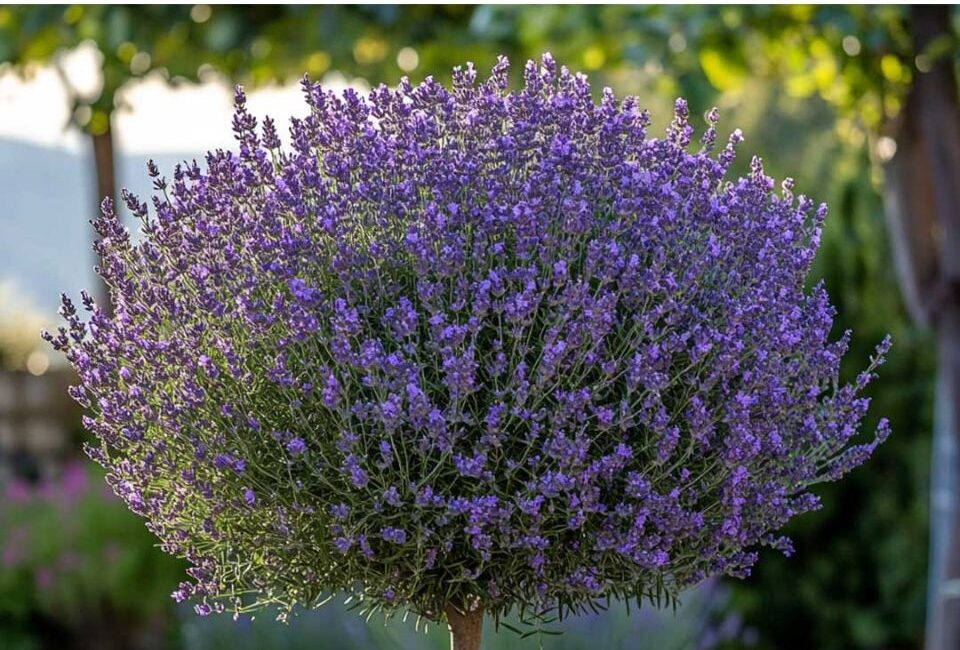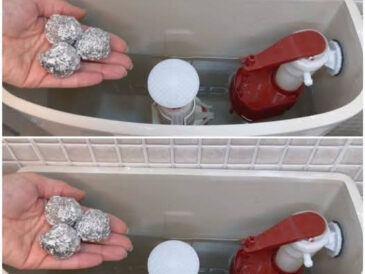Lavender is one of the most beloved and versatile plants in gardens and homes across the world. Its fragrant purple flowers and silvery foliage have made it a popular choice for both ornamental and practical uses. While lavender is typically known for growing in garden beds or outdoor landscapes, it can also be successfully cultivated in pots, making it a great option for those with limited space, such as apartment dwellers or those looking to grow a container garden. If you are considering growing lavender in a pot and want it to bloom year after year, this comprehensive guide will provide you with all the information you need for success.
Table of Contents
- Understanding Lavender: What Makes It Special?
- Choosing the Right Lavender Variety for Pot Growth
- Selecting the Right Pot and Container
- Preparing the Soil for Lavender
- Planting Lavender in a Pot
- Caring for Your Lavender Tree: Key Maintenance Tips
- How to Keep Lavender Blooming Year After Year
- Common Problems and Solutions
- Pruning Lavender to Promote Growth
- Harvesting and Using Lavender
- Overwintering Lavender in a Pot
- Conclusion: With Patience and Care, Your Lavender Tree Will Thrive
1. Understanding Lavender: What Makes It Special?
Lavender (Lavandula) is a genus of flowering plants in the mint family (Lamiaceae) that is native to the Mediterranean region. Its name is derived from the Latin word “lavare,” meaning “to wash,” due to the plant’s strong, clean scent. Lavender is renowned for its lovely aroma, which is both soothing and calming. It’s widely used in aromatherapy, for essential oils, and in culinary applications, adding a unique flavor to dishes.
Lavender is also known for its hardiness. Once established, it requires minimal care, making it an ideal plant for low-maintenance gardeners. Growing lavender in a pot can provide even more control over its growing environment, making it an excellent choice for small spaces such as patios, balconies, or even windowsills.
2. Choosing the Right Lavender Variety for Pot Growth
While there are many varieties of lavender, not all are well-suited for growing in pots. Some varieties are naturally large and sprawling, while others are more compact, making them ideal candidates for container growth.
Here are some of the best varieties of lavender to grow in pots:
- Lavandula angustifolia (English Lavender): Known for its sweet fragrance and compact size, English lavender is one of the most popular choices for container growth. Varieties such as ‘Hidcote’ and ‘Munstead’ are especially suited for pots.
- Lavandula stoechas (Spanish Lavender): This variety is known for its unique, butterfly-like flowers. Spanish lavender tends to be a bit more heat-tolerant, making it a good choice for warmer climates.
- Lavandula x intermedia (Lavandin): These hybrid lavenders are larger in size but can still be grown in large containers. Varieties like ‘Grosso’ and ‘Provence’ are popular for their long blooming periods and strong scent.
When selecting a variety, consider the size of the pot, as some lavender plants can grow quite large. Compact varieties will be easier to manage in smaller containers.
3. Selecting the Right Pot and Container
Choosing the right pot for lavender is essential to ensuring its health and longevity. The pot must be large enough to accommodate the plant’s root system while also allowing for proper drainage.
- Size: A pot with a diameter of at least 12 inches (30 cm) is ideal for a single lavender plant. Larger varieties may require even bigger containers.
- Drainage: Lavender cannot tolerate waterlogged soil, so the pot must have drainage holes. Good drainage ensures that excess water can escape and prevents root rot.
- Material: Terracotta or ceramic pots are excellent choices for lavender because they are porous and allow for good airflow around the roots. Plastic pots are lighter and easier to move but may not provide the same level of aeration.
- Depth: Lavender has a deep root system, so choose a pot that is sufficiently deep (at least 12 inches) to accommodate the roots and promote healthy growth.
If you are growing multiple lavender plants, you can consider a larger container, but ensure that there is adequate space between each plant for air circulation and growth.
4. Preparing the Soil for Lavender
Lavender thrives in well-draining soil with a slightly alkaline pH. The soil should not retain too much moisture, as this can lead to root rot. The ideal soil for lavender is sandy or gravelly, with good drainage properties.
- Soil Mix: You can buy pre-made cactus or succulent soil mixes, as these are typically well-draining. Alternatively, you can make your own mix by combining one part potting soil, one part sand, and one part perlite or pumice.
- pH Level: Lavender prefers a soil pH between 6.5 and 7.5. If the soil is too acidic, you can add a small amount of lime to raise the pH.
- Fertilizing: Lavender doesn’t need heavy fertilization, as too many nutrients can result in leggy growth. A slow-release, balanced fertilizer applied in the spring will suffice.
If you’re unsure about the quality of your soil, it’s always a good idea to test it before planting. This will help ensure that your lavender has the best environment to thrive.
5. Planting Lavender in a Pot
Once you’ve selected your pot and prepared the soil, it’s time to plant your lavender. The process is relatively simple but requires attention to detail.
Click page 2 to continue




